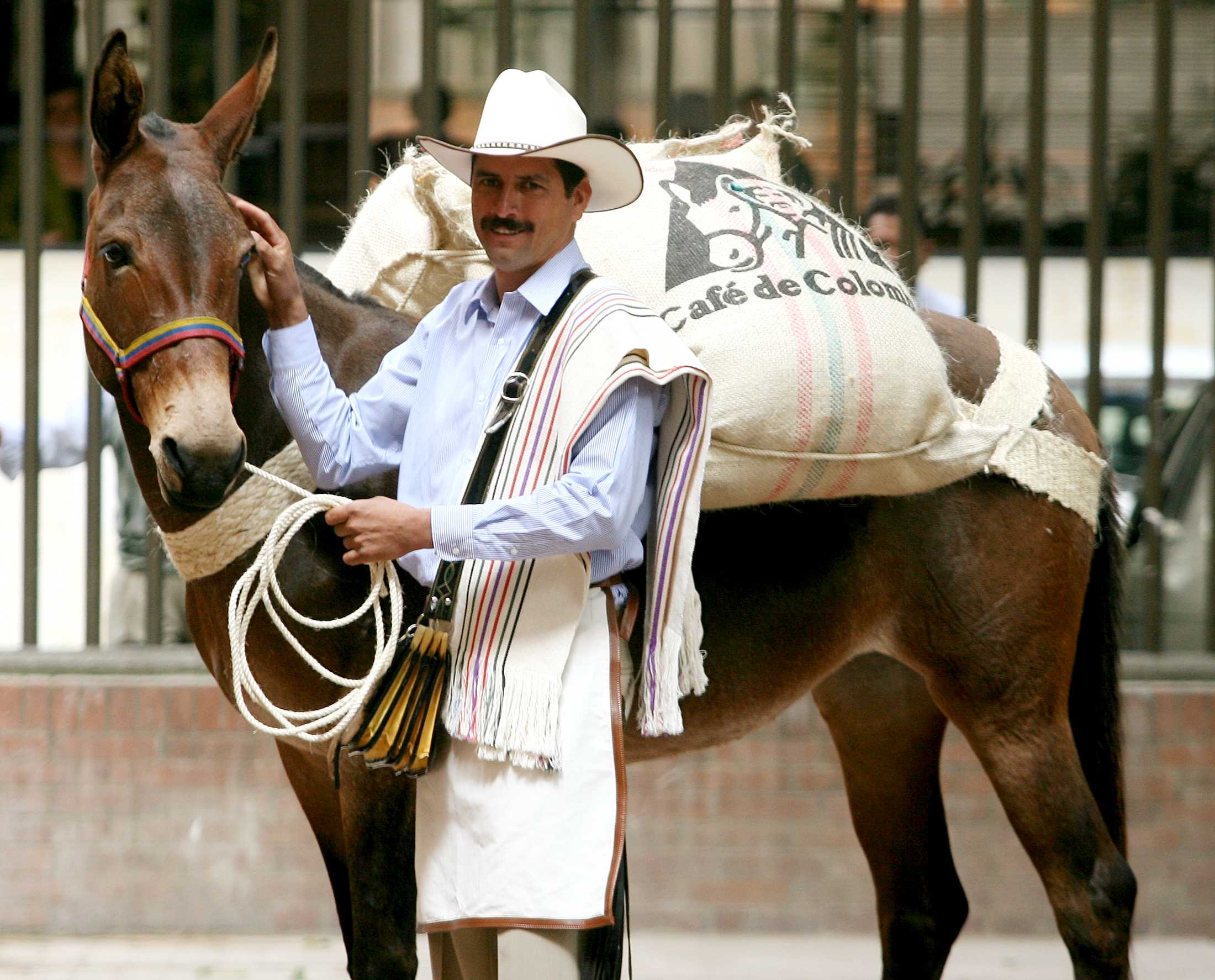COLOMBIA – For many visiting Colombia, the country ripens with visions of a perfect cup — coffee balanced with acidity, aromas, smooth yet never bitter. We imagine a beautiful pour, perhaps served with velvety foamed milk. What more could be expected from the second largest producer of premium Arabica beans in the world but a sublime coffee experience?
In many cities throughout Colombia, including Bogotá, a burgeoning coffee revolution is taking place. Small coffee shops and chains are opening to sell not only the perfect cup, but also a coffee experience, complete with tastings, specialized preparations and informative lectures about production.
The national coffee chain Juan Valdez, owned by the Colombian Coffee Growers Federation, consistently serves up a lovely cappuccino or iced latte. These experiences, however, only tell one part of the Colombian coffee story.
All coffee in Colombia is planted, cared for, and harvested by hand. The amount of labor that goes into producing a single cup is astounding and costly.
During the extensive processing stage, workers rinse the unroasted beans several times. The beans that sink to the bottom of the bucket are of the best quality, and the majority of these are exported. The beans that float to the surface are saved for domestic consumption.
More often than not, the smoothest Colombian blends are sold outside this country, and if you want to get the finest, you have to go directly to the origin, specialized haciendas scattered across the Coffee Zone.
These producers harvest the highest quality beans in limited-edition batches, some of which then become UTZ certified denote their sustainable farming techniques.
One such supplier is Hacienda Venecia, located near the capital of Caldas, Manizales. It has been exporting its Arabica beans for more than a decade, and its collection, harvesting, and toasting techniques date back a century.
For many Colombians, coffee is not a drink of culture but rather one of convenience; poured into a plastic cup as tinto and sweetened with a raw sugarcane called panela.
Rather than the refined and mellow taste sought after by a professional barista, the result of percolating and over-boiling is an amber-colored version of the intended black. This tinto is sold on street corners for about $500 pesos and is a very popular expression of Bogotá’s bubbling coffee culture.
In the popular neighborhoods, take the time to sit down in a local bakery, recognizable by the colorful plastic benches attached to the tables and the glass-covered cases full of pastries. A shot of tinto accompanied with a pandebono (a yuca flour bun) is a típico way to spend an hour people watching as ordinary Bogotanos take a break from their busy lives.
Café Florida
Carrera 7 No. 21-46
Café Florida is one of the most iconic cafés of the centro and a small step above a neighborhood bakery. Old city elegance is on display, from the uniformed waiters to glass-topped wooden tables.
Couples sip coffee together or enjoy a Bogotá specialty of hot chocolate served with cheese for dipping until gooey and melted.
Cafe La Romana
Ave. Jiménez No.6-65
Where the old colonial enclave of La Candelaria meets the busy Avenida Jiménez, some endangered coffee salons still serve their tinto with florescent orange overcoats rather than branded polo shirts.
Their clients aren’t experts in the coded language of alto, latte and decaf macchiato either. At Café La Romana, coffee is served “by the carat” as neatly folded envelopes, filled with emeralds exchange hands in direct sunlight of Monserrate.
Salón Fontana
Calle 14 No. 5-98
On the southeast corner of the Plazoleta del Rosario, Salón Fontana has been caught in a time warp since 1950. A ceramic plaque distinguishing it as a place of “Cultural Patrimony” delivers on that promise, and will endure as a refuge from the Kafkaesque bureaucracy of the centro’s paper-heavy office towers.
Café Pasaje
Calle 14 No. 3-41
And if you feel a bout of nostalgia for Bogotá’s Bauhaus era, then be welcomed with a tinto at the emblematic Café Pasaje.
On the way to the Caribbean coast, fritos and tinto, syrupy with panelaand served in a tiny plastic cup, is a normal breakfast. In any small town, a vendor carrying a wooden box full of plastic thermoses will pass through the community, selling $200 peso shots of cafe con lechethroughout the day.
People will take turns buying each other coffee as they catch up on local news, seated in front of the store or at the side of the road, watching life go by. Grounds are boiled in a small metal pot over an open flame and drunk right before bed to help you sleep.
Even when a cup of coffee is not remarkable, the friendship and pride with which the tiny cups are served around the country more than makes up for the lesser taste of the floating beans. The beauty of a Colombian cup does not depend on having an export quality label but in the pleasure of the company and surroundings in which it is served.
So take a moment in the midst of your search for the perfect cup to appreciate a different Colombian coffee experience — the one Colombians enjoy every day.


















